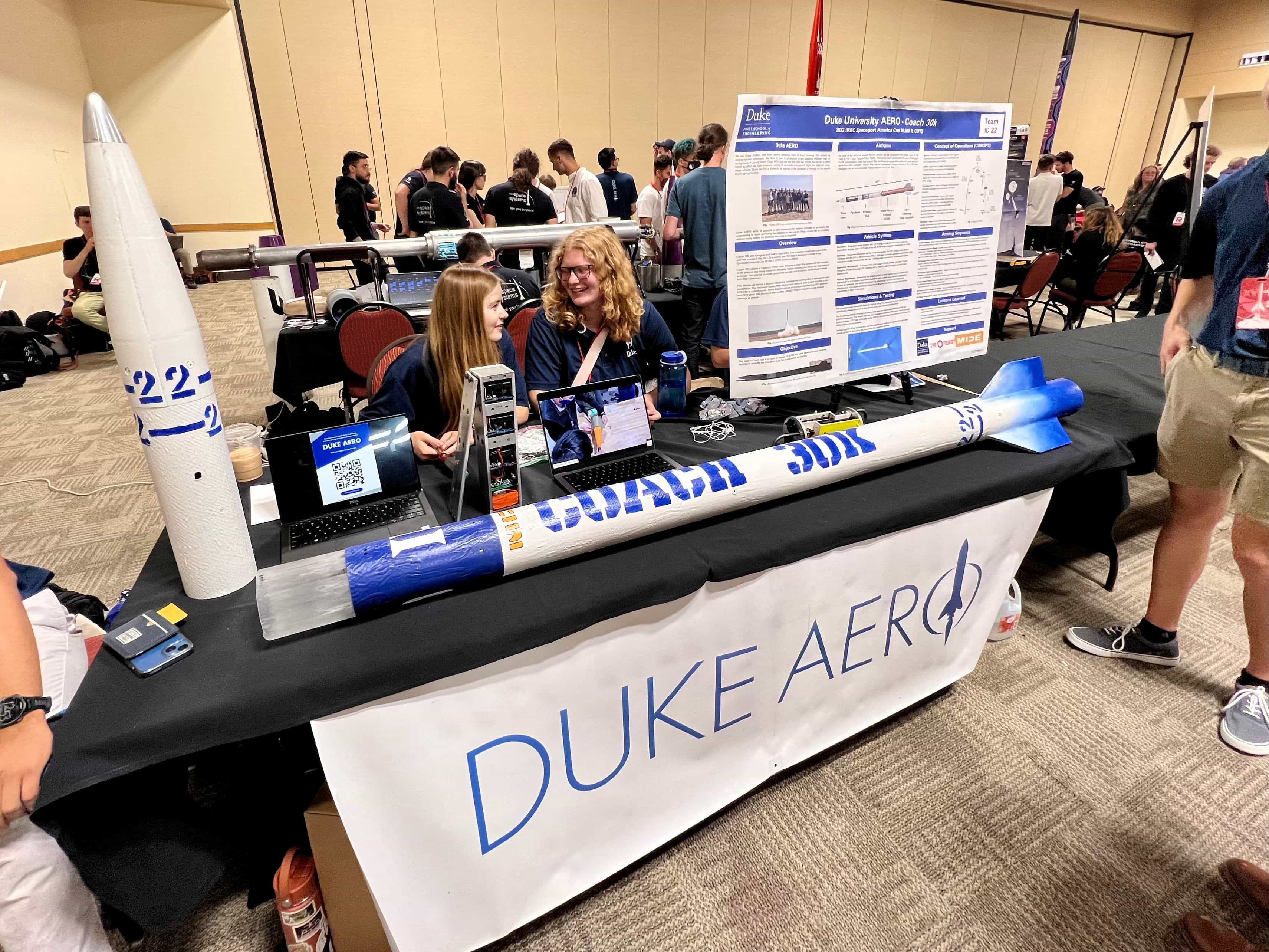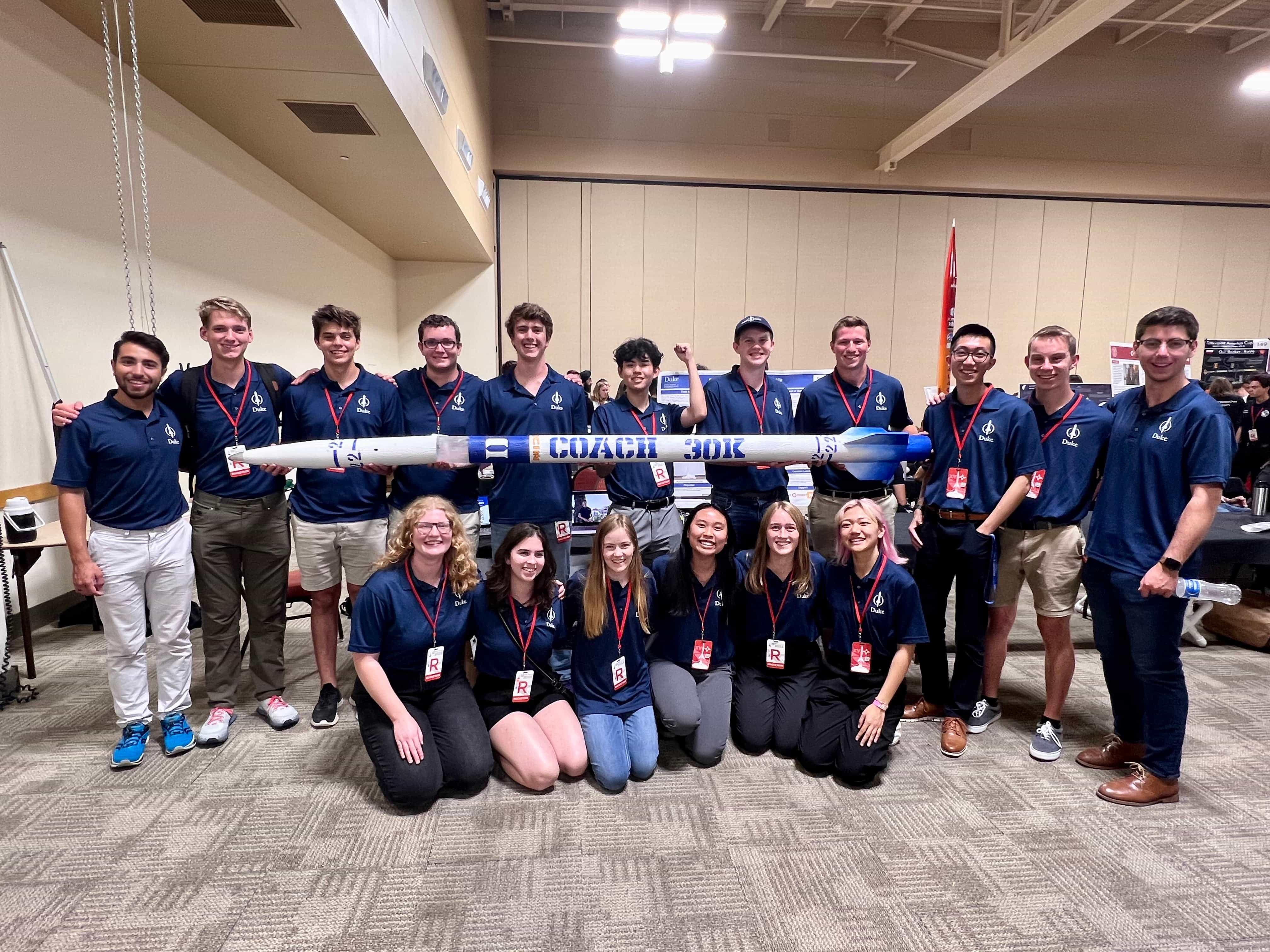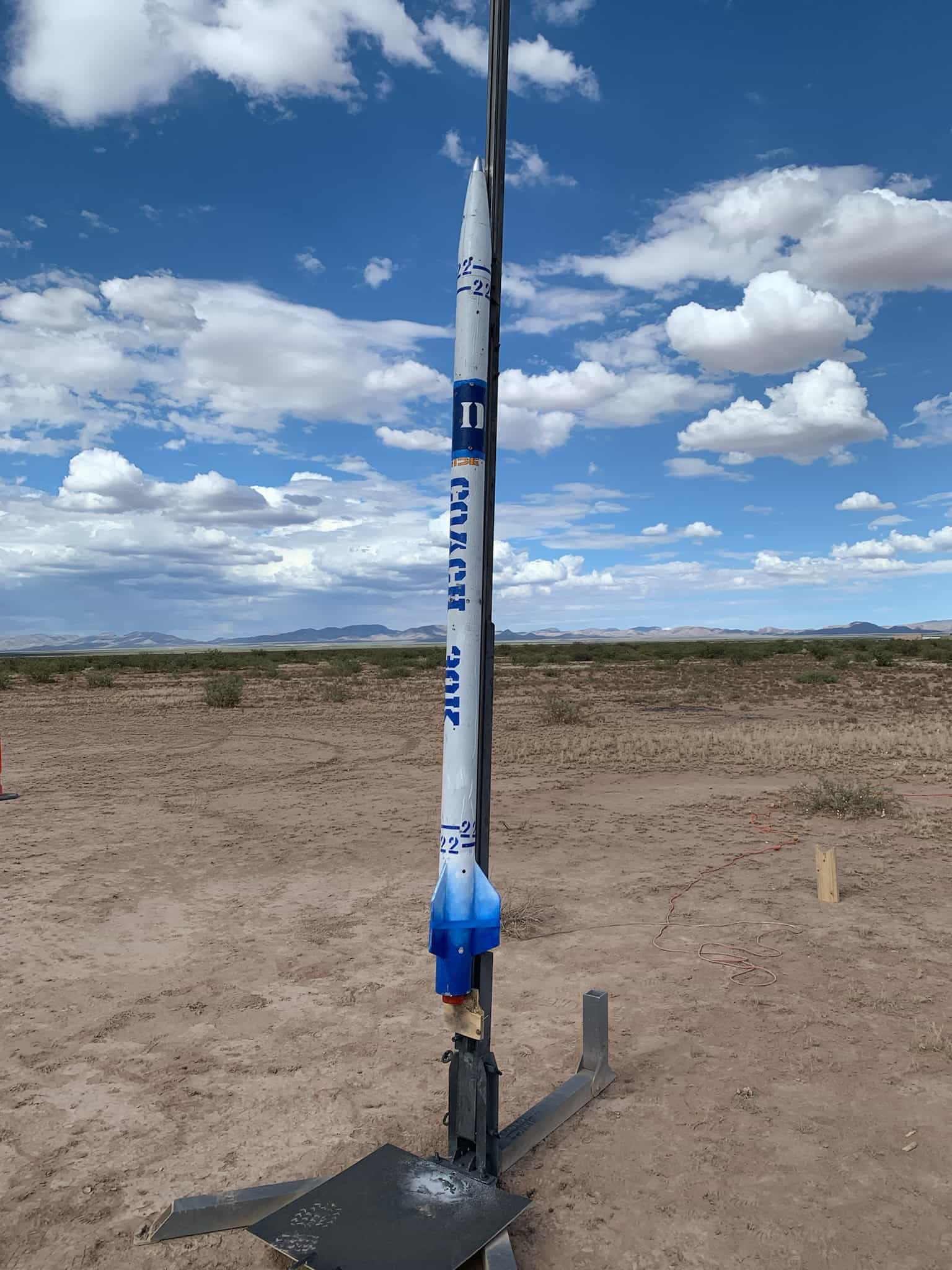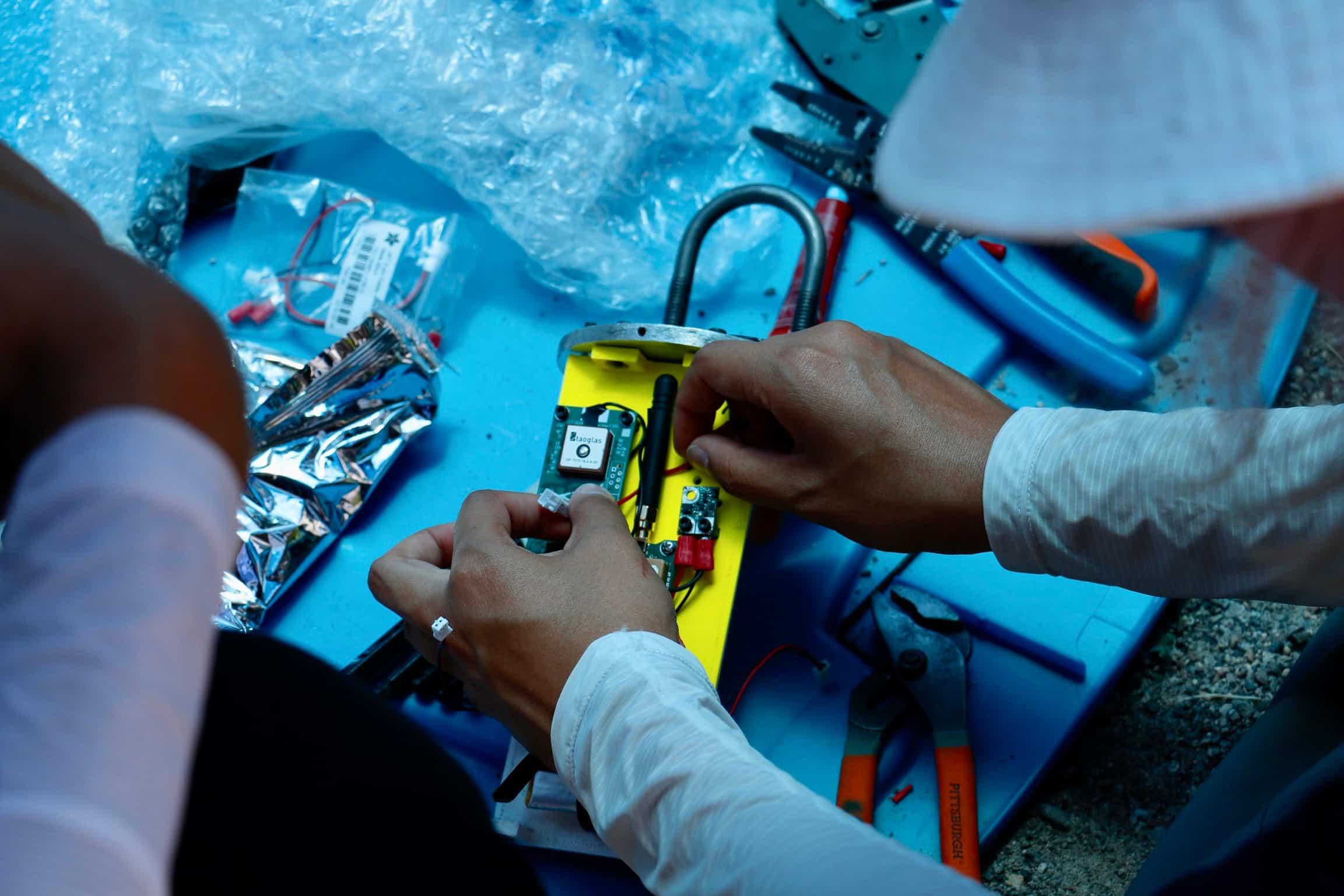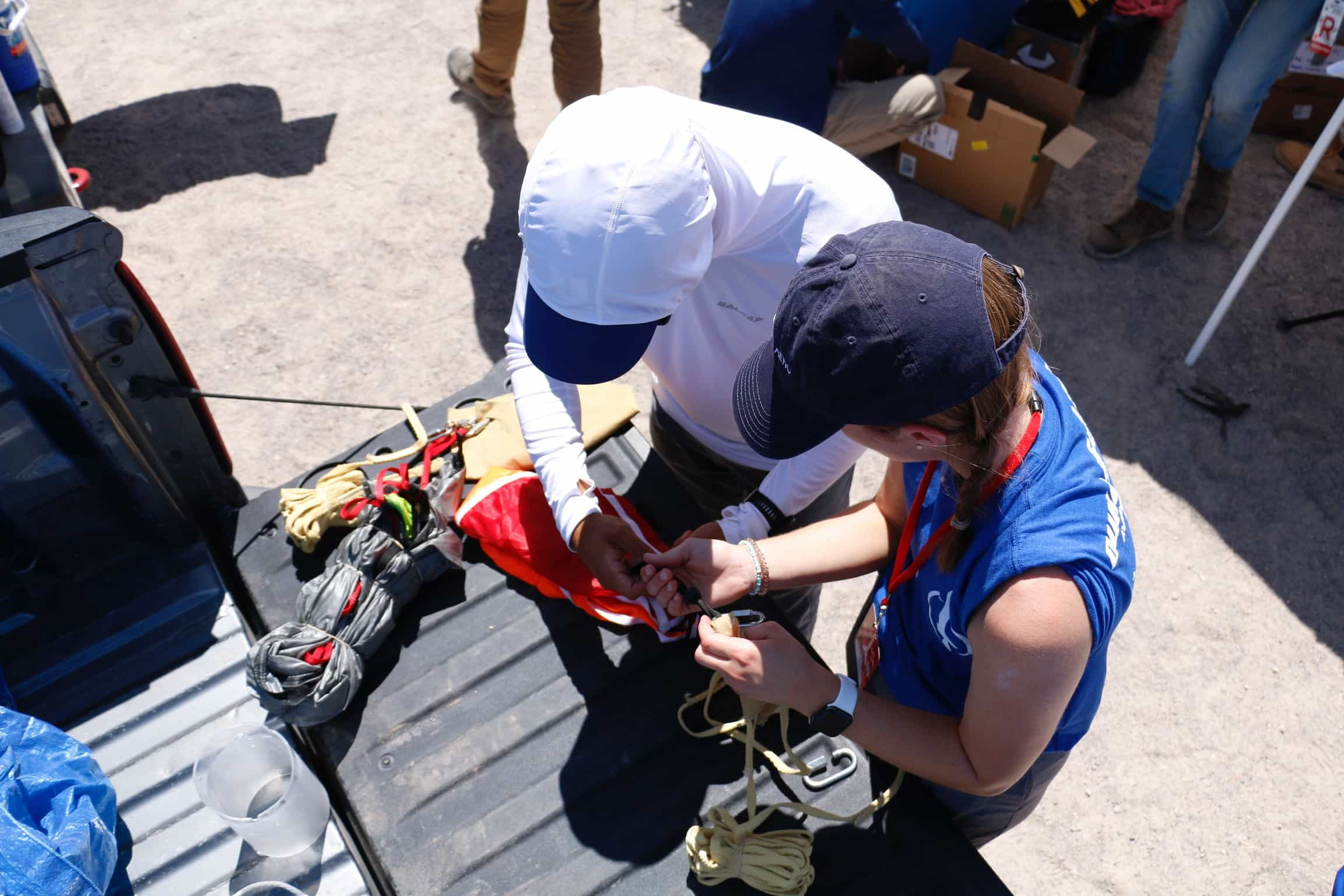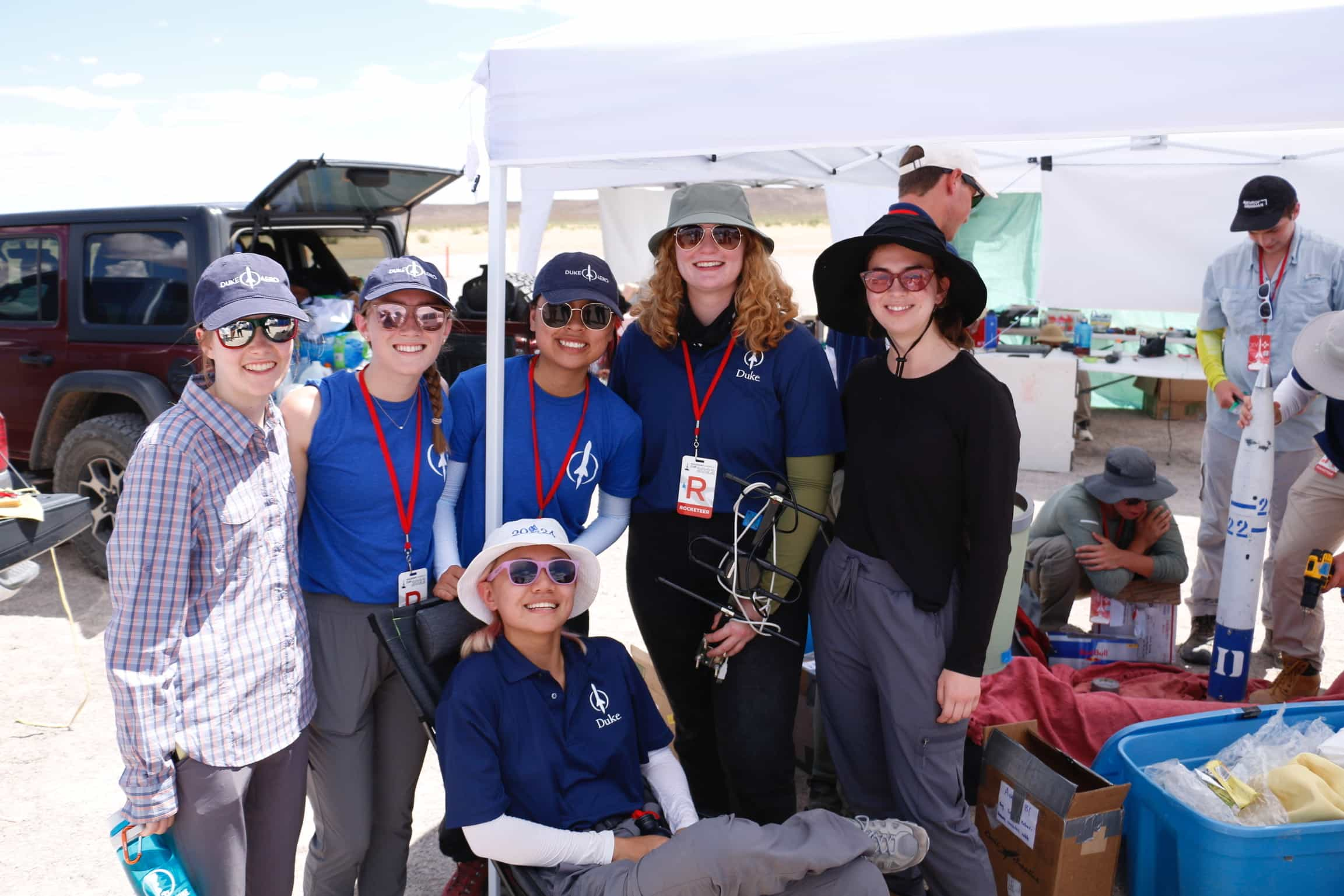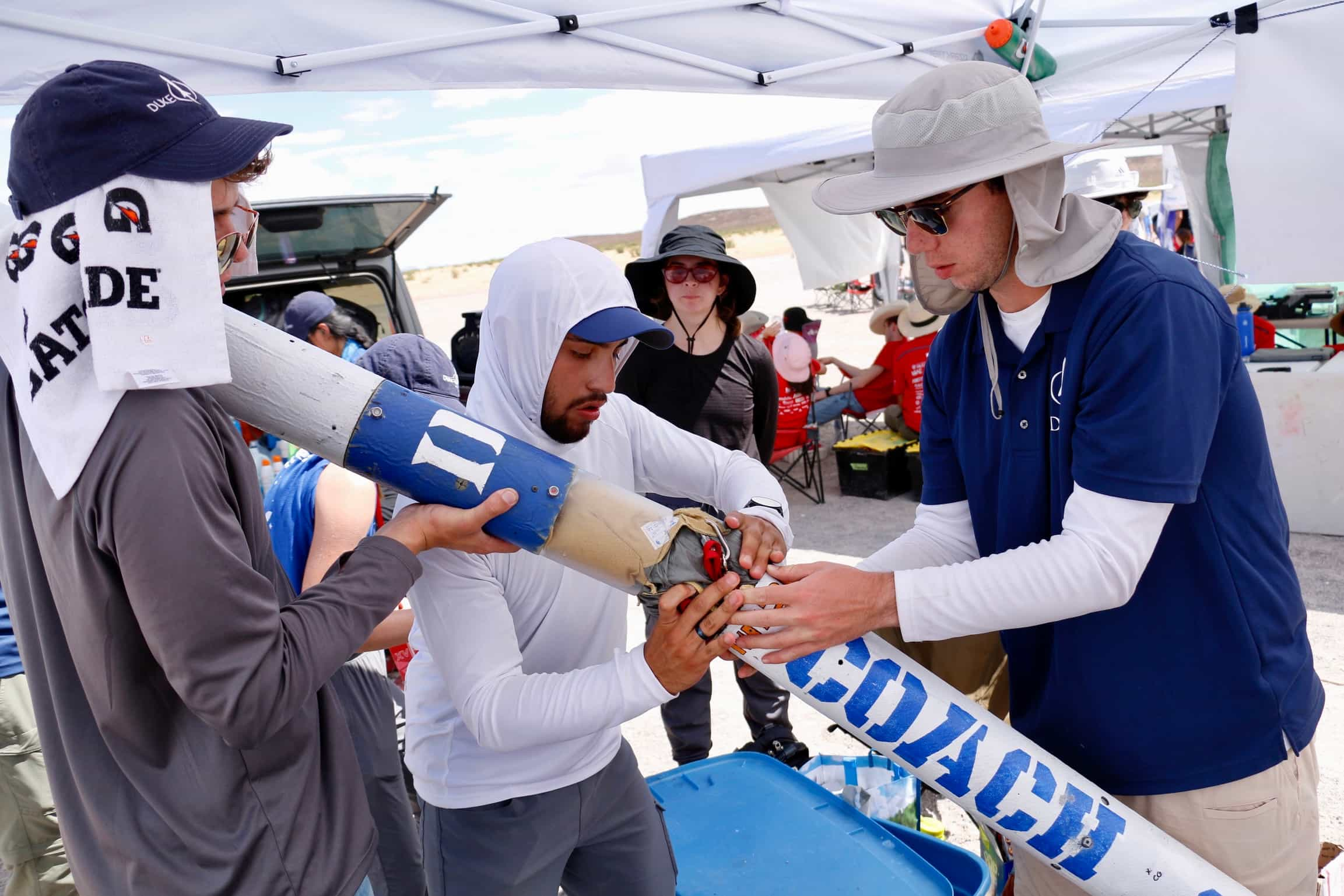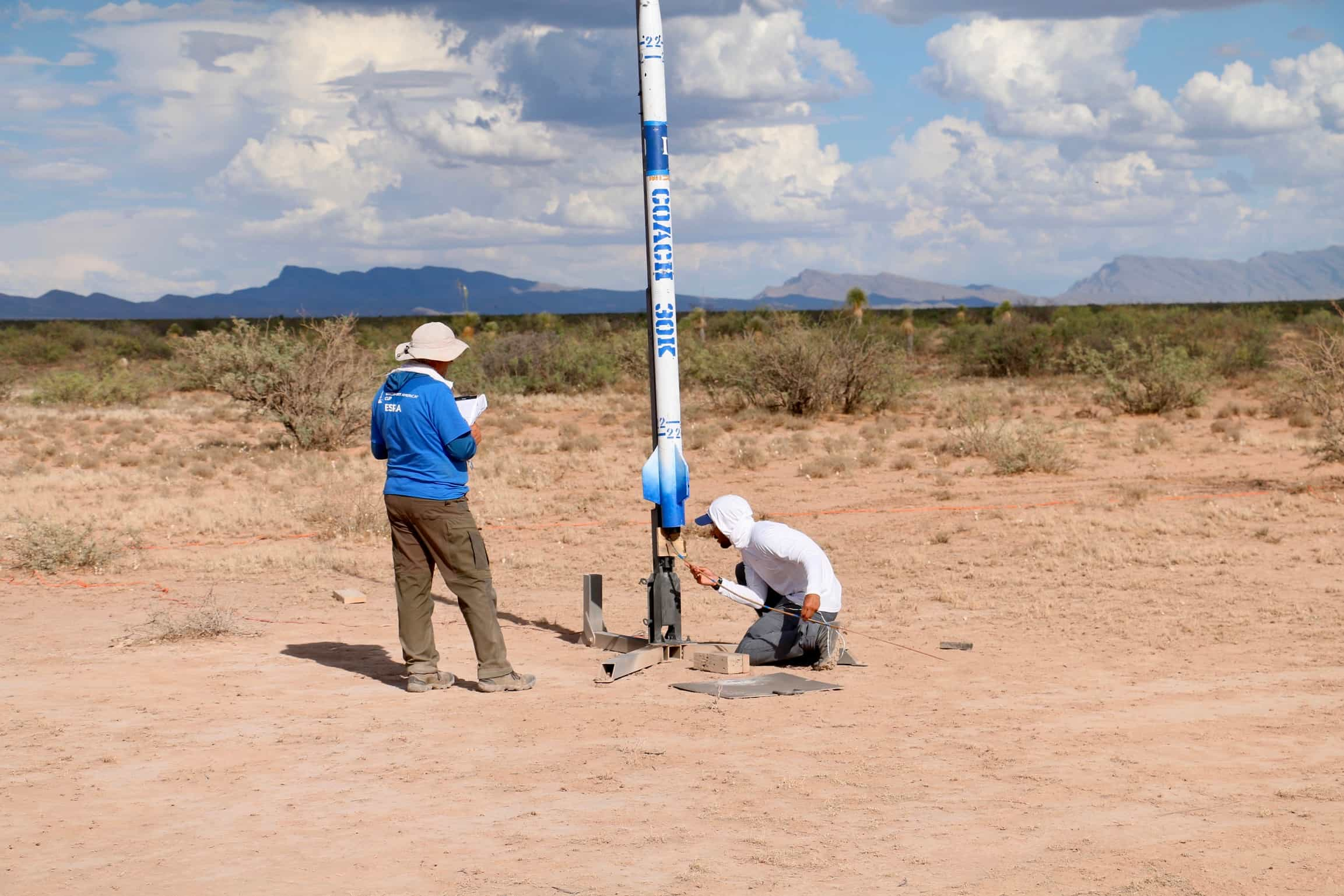BLUESTONE (2018-2019)
Building a History
Designed during the 2018/19 academic year for a low altitude flight at the Bayboro Launch Facility in NC, Bluestone marked a significant milestone for Duke AERO in its design and fabrication. Up until Bluestone we had established a history of constructing small low-powered rockets, a trend which Bluestone shattered. At a length of over 9 feet and a weight close to 90 pounds, Bluestone blew through our highest expectations in altitude, speed, and stability. However, with every great advancement comes a setback, and loss of avionics tracking near apogee led to an inability to recover the rocket. A drastic step up in power and performance, Bluestone marked Duke AERO’s first rocket with established goals and success criteria, and paved the way for our future projects with bigger, heavier, and more powerful vehicles.
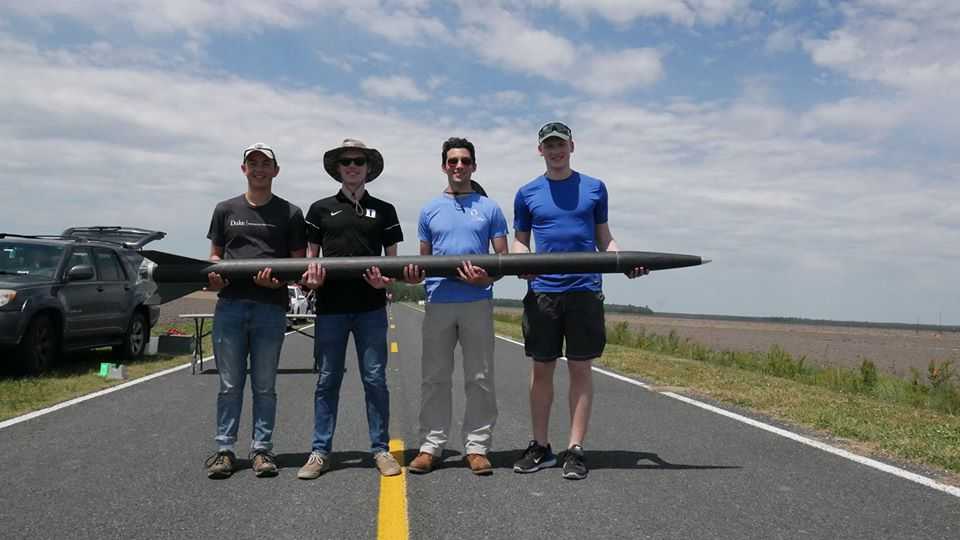
30K COMPETITION (2019-2020)
Shooting to Score at 30,000 Feet
Designed during the 2019/20 academic year for flight at the 2020 Spaceport America Cup, the 30k Competition Rocket was the largest, most powerful vehicle produced by Duke AERO to date. Using a minimum-diameter carbon fiber body tube construction and a commercial-off-the-shelf (COTS) solid motor, every aspect of the rocket was designed for optimal flight with an apogee of exactly 30,000 feet. Featuring a new dual deployment recovery system, not only was the rocket the most powerful vehicle to come out of Duke AERO, but it was the safest with redundancies built in for every critical system. At a length of over 10 feet, the 30k Competition Rocket marked a new era for Duke AERO, one defined by large and powerful rockets in which we carefully refine our abilities to reach orbit. However, due to the COVID-19 pandemic, the launch of this vehicle was delayed, and its design was used as the basis for Coach 30k in 2022.

THING 1 AND THING 2 (2020-2021)
In a year impacted heavily by COVID-19 restrictions that were put in place by the University, Duke AERO took a great leap forward with the development, construction, and successful launch of a two-stage rocket affectionately dubbed “Thing 1 and Thing 2”.
Watch a video of the launch here.


COACH 30K (2021-2022)
EXPLODING BACK TO LIFE
With all students allowed back on campus, the club once again took aim at the Spaceport America Cup 30k COTS challenge. The airframe of the rocket, dubbed “Coach 30k” after former Duke Men’s Basketball Coach Mike Krzyzewski, was 9.38 feet long and had an inner diameter of 4.5 inches. The airframe was made from 2x2 Twill 3k 7oz T-300 Carbon Fiber Fabric, with the exception of the avionics bay which was made from fiberglass. The avionics bay was connected to the forward airframe and the power tube by a polycarbonate coupler. The nosecone was also connected to the forward airframe using a polycarbonate coupler. The rocket had three trapezoidal fins made from a plywood core wrapped with carbon fiber and finished with a tip-to-tip carbon fiber layup. The fins were tabbed for alignment with the internal centering rings. A dual recovery system was implemented with Peregrine 12g CO2 ejection charges for drogue and main parachute deployment. The drogue chute was a 5-foot Rocketman standard parachute, and the main chute was a 14-foot Rocketman standard parachute. The telemetry of the rocket was monitored by a TeleMega altimeter, an RRC3 altimeter, and a Featherweight GPS tracker. The electronics were powered by two 3.7V LiPo and a 9V alkaline battery and the electronics will be activated using Featherweight magnetic switches. The rocket’s payload experiment investigated the shielding effect of steel against muon penetration at altitude. The enclosure for this experimental project housed three identical muon detectors, each made with a custom PCB and a “SiPM'' PCB. The enclosure also contained a MS5607 Pressure Sensor to convert pressure readings to altitude. The overall rocket design was analyzed using OpenRocket, SolidWorks FEA, and Ansys Fluent. Simulation results were supplemented by ground tests of the recovery and avionics systems.
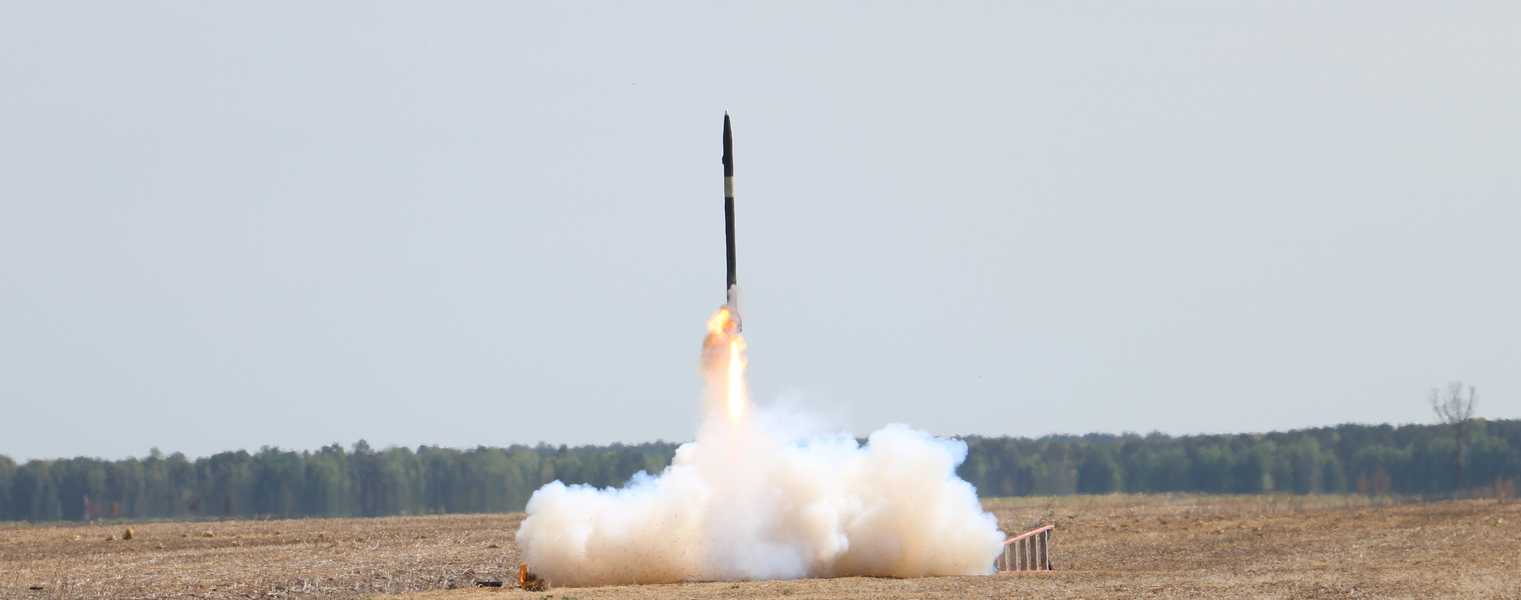
Spaceport America Cup 2022 proved to be a great learning experience for Duke AERO. The day before launch, Coach 30k’s coupling tube cracked beyond repair, and the team had to manufacture a new one overnight. Due to the team’s preparedness by having extra material on hand, the kindness of other teams who lent their tools, and Duke AERO’s determination to stay awake until the job was finished, a new SRAD tube was ready to go the next day, and Coach 30k seamlessly passed safety checks. While the launch did not go as the team had hoped, with telemetry being lost in cloud cover and the target altitude not obtained, Duke AERO was able to celebrate multiple victories: a beautiful launch trajectory off the pad, a CubeSat bonus score, and the recovery of majority of the rocket. Overall, Duke AERO placed 13th in the 30k COTS propulsion category and 69th in all categories. Through SAC 2022, Duke AERO gained valuable competition experience and knowledge as well as new industry relations that would propel the team to a greater caliber of rocketry at the following SAC 2023.



